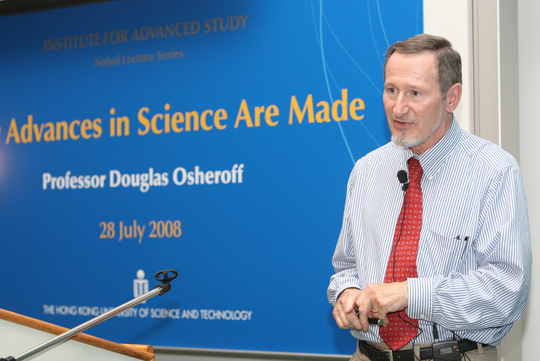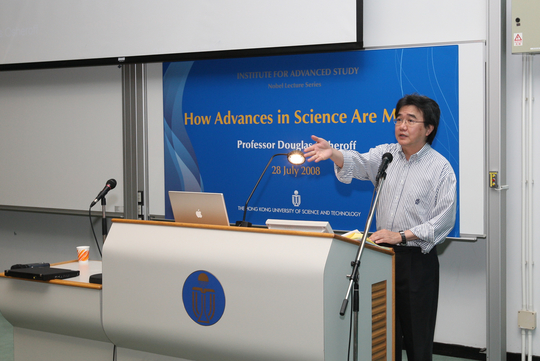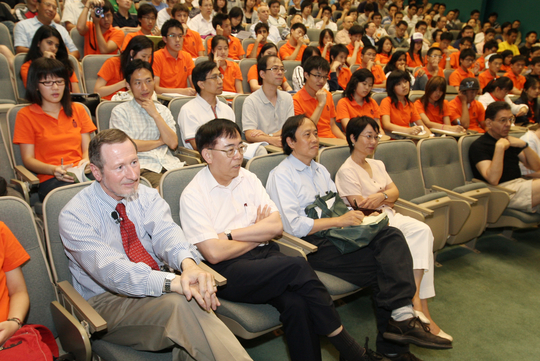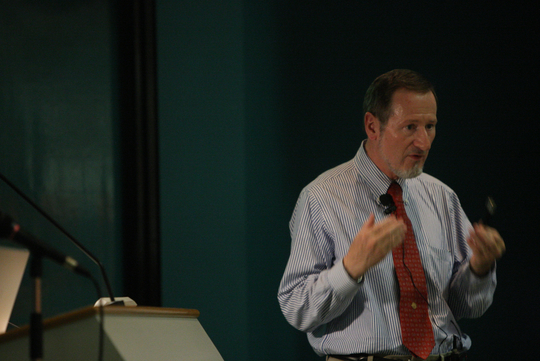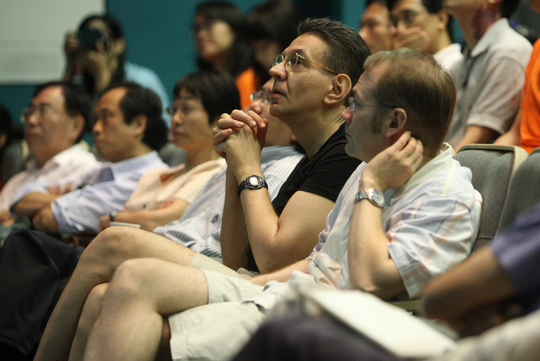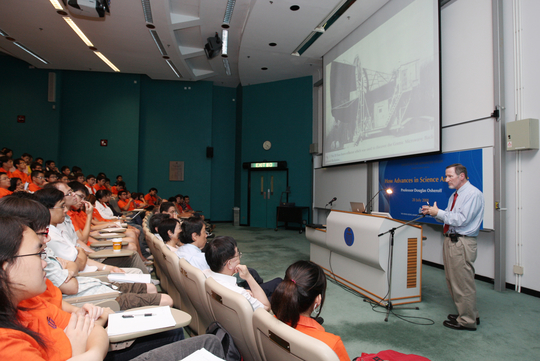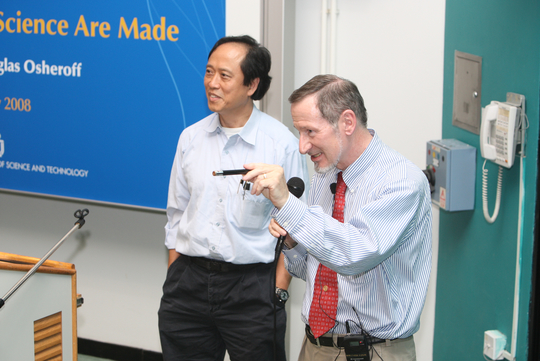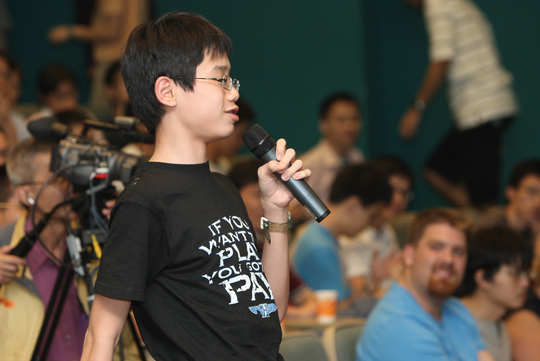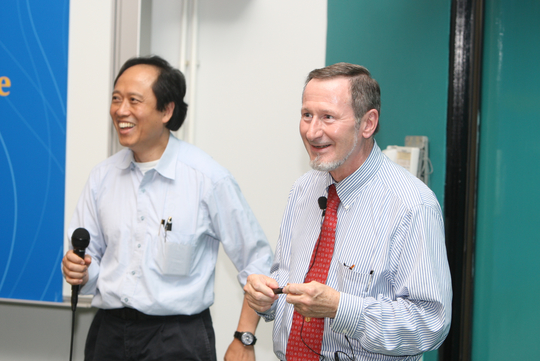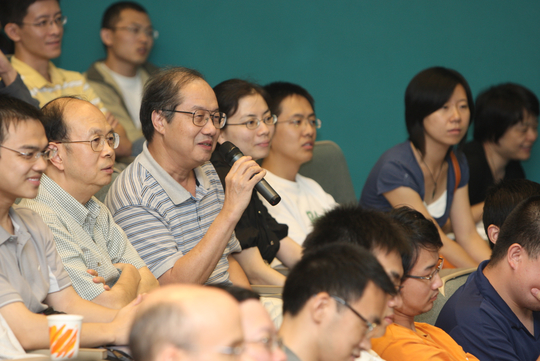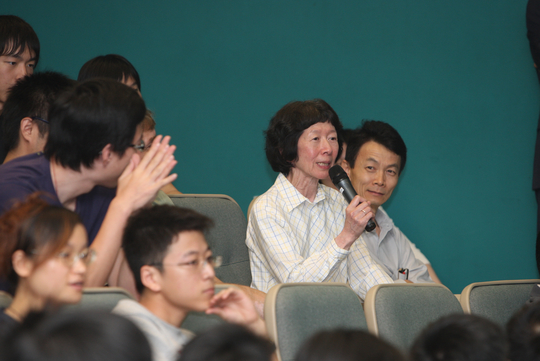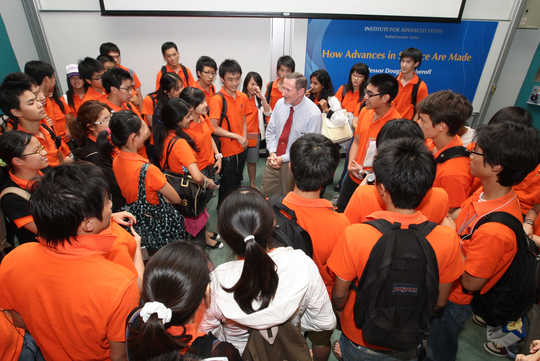How Advances in Science Are Made
Abstract
How advances in science are made, and how they may come to benefit mankind at large are complex issues. The discoveries that most influence the way we think about natureseldom can be anticipated, and frequently the applications for new technologies developed to probe a specific characteristic of nature are also seldom clear, even to the inventors of these technologies. One thing is most clear: Seldom are such advances made by individuals alone. Rather, they result from the progress of the scientific community; asking questions, developing new technologies to answer those questions, and sharing their results and their ideas with others. However, there are indeed research strategies that can substantially increase the probability of one’s making a discovery, and the speaker will illustrate some of these strategies in the context of a number of well known discoveries, including the work he did as a graduate student, for which he shared the Nobel Prize for
Physics in 1996.
About the Speaker
Prof. Douglas Osheroff shared the Nobel Prize in Physics with David Lee and Robert Richardson for discovering the superfluidic nature of Helium-3 (3He). This discovery was made in 1971, while he was pursuing his PhD at Cornell. Prof. Osheroff worked in the physical research division at Bell Laboratories for 15 years where he became head of the Low Temperature and Solid State Research Department. There, he worked in collaboration on newly discovered superfluid phases of liquid 3He, as well as studied the nature of nuclear spin order in solid 3He and made the first observations of weak localization in thin disordered metallic films. His current research focuses on the properties of condensed matter at ultra-low temperatures. Besides the Nobel Prize, Professor Osheroff has received numerous honors, including the Sir Francis Simon Memorial Award, the Buckley Prize and the MacArthur Prize. He is currently the J.G. Jackson and C.J. Wood Professor of Physics at Stanford University. He is also a Fellow of the American Physical Society, the American Academy of Arts and Sciences and Member of the US National Academy of Sciences.

